Safe Fences for Your Cattle and Livestock
Updated May 4, 2024 . AmFam Team
Fences can do a lot to keep your livestock protected, which is why it’s important to install and maintain them correctly. Keep in mind that different animals have different fencing needs, so if you have more than cattle inside your fence, you’ll need to review what other requirements may apply. Let’s look at how to safely fence cattle and look at some options.
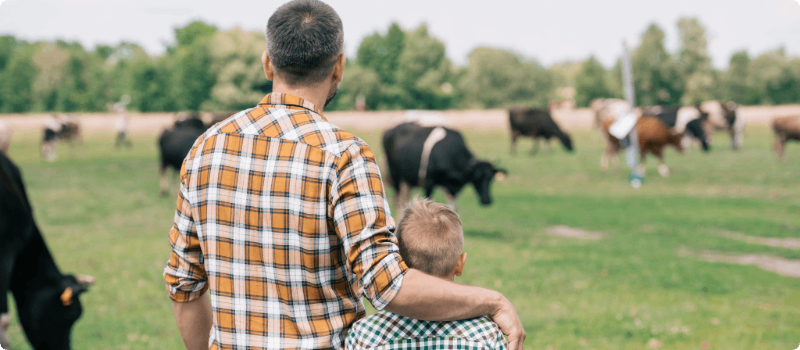
Review Your Cattle Fencing Needs
The first step in determining what fencing is right for you is discovering what is right for your cattle. A closer look at your livestock, their needs and your area will give you a better idea of what fence options are available.
Operation type and size. Do you run a small farm with just a few head of cattle or are you a large operation with a lot of land to fence? Fencing costs add up quickly, so the size of your operation may play a role in what type of fencing you go with.
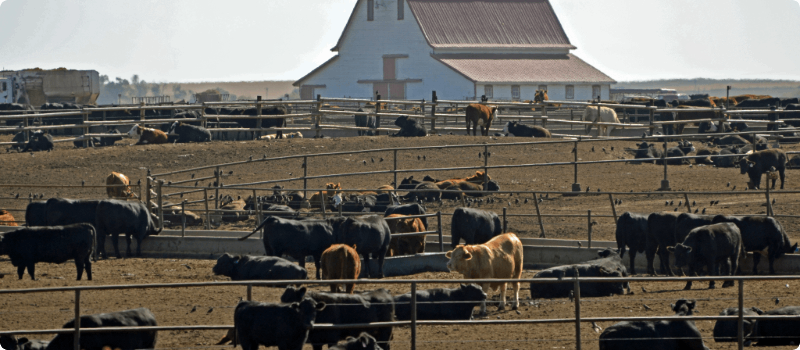
Type of cattle. Are you raising dairy or beef cattle? Beef cattle tend to need stronger fencing than dairy cattle. The type of fence also needs to be taken into consideration if you’re raising something a little more exotic. There are a few breeds of cattle that have become popular companion pets, requiring different types of fences. Check with a specialized breeder for specific information.
The land you’ll be fencing. A good fencing plan looks at the land to determine how much area will be fenced, if there are any physical obstacles or environmental considerations, what the land is used for and where the cattle will graze.
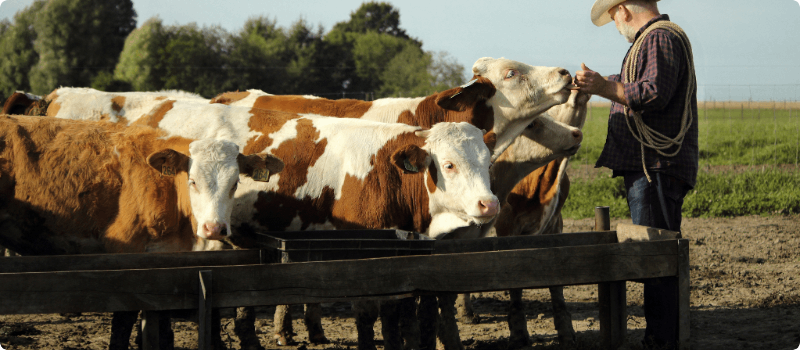
Fence laws in your region. All 50 states have fence laws that address livestock concerns. But because each state is very different in its geographic location, population and size, the laws can vary widely. You should check with your local government or Country Extension Offices to make sure you’re complying with requirements in your area. The National Agriculture Law Center’s interactive fence map (Opens in a new tab) is also a great resource for information on a state-by-state basis.
Predators in the area. Most of the time, your fence will be working hard to keep your cattle in, but young calves can be seen as prey and may need extra protection. A fence is a great way to give them that, as long as you’re using a fence that keeps predators out.
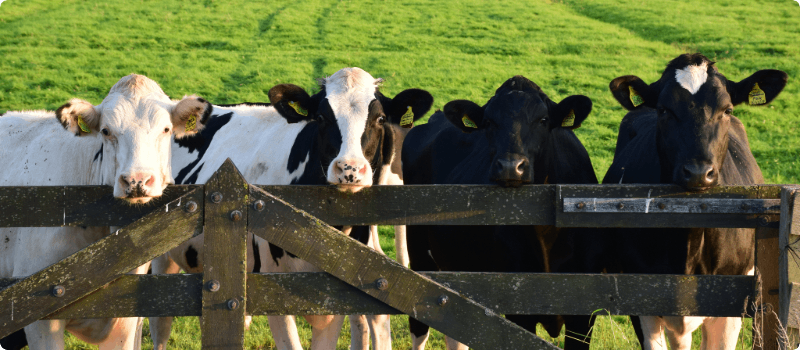
Different Types of Fences for Cattle
A good cattle fence should provide both a physical and a visual barrier. There are a variety of options on the market, and each has its own benefits. Let’s look at a few different fence types.
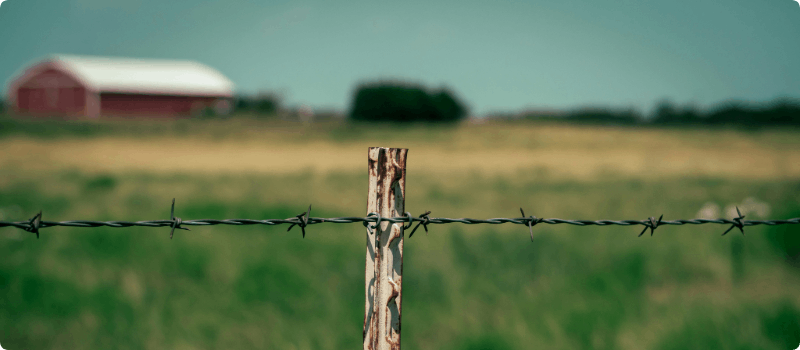
Barbed wire. This has long been a favorite of ranchers and farmers and is still the most commonly used cattle fence. It has that visual barrier, and the barbs create an effective physical deterrent. But more farmers are moving away from barbed wire because it can injure the animals.
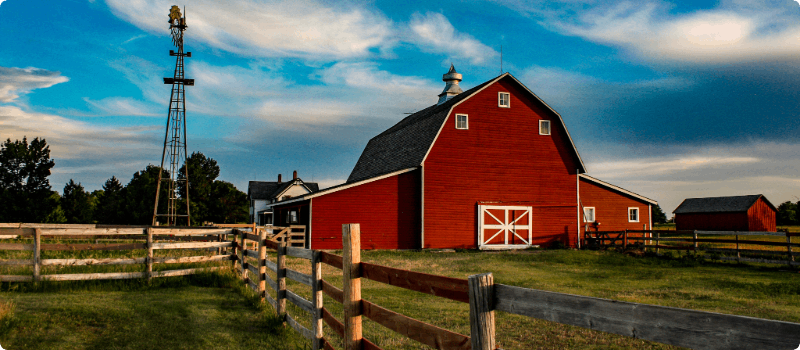
Wood board fence. Do you run a smaller operation? Consider wood fencing. Not only does it give you both a physical and visual barrier, but it also looks great! Keep in mind that it can be more expensive and require more maintenance than wire fences.
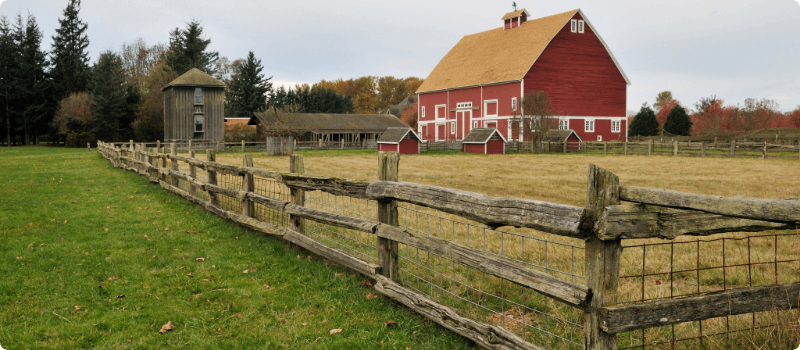
Woven wire. With both excellent visual and physical characteristics, woven wire can be a great option. Not only does it keep the cattle in, but it can help keep predators out, protecting young calves. The only problem here is that cattle often need a little stronger deterrent. Adding a strand of electric wire or barbed wire at the top can give woven wire the boost it needs.
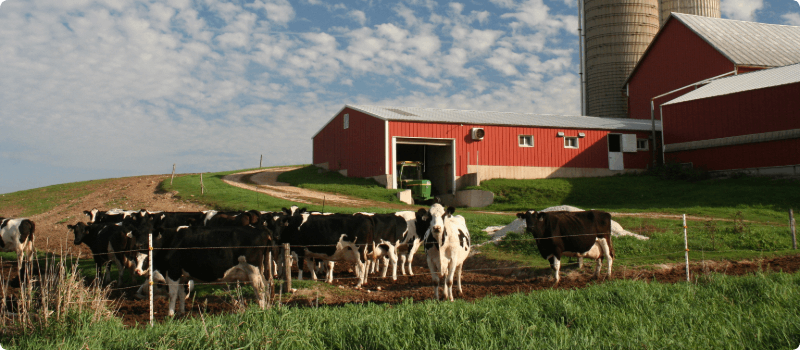
High tensile smooth wire. This is ideal for creating an electric fence. It’s cost-effective — less per running foot than barbed or woven wire, and it’s very durable, with an expected lifespan of 20-30 years and little to no maintenance. High tensile wire can withstand more than 1,000 pounds of livestock pressure and requires fewer posts and less time to erect and repair.
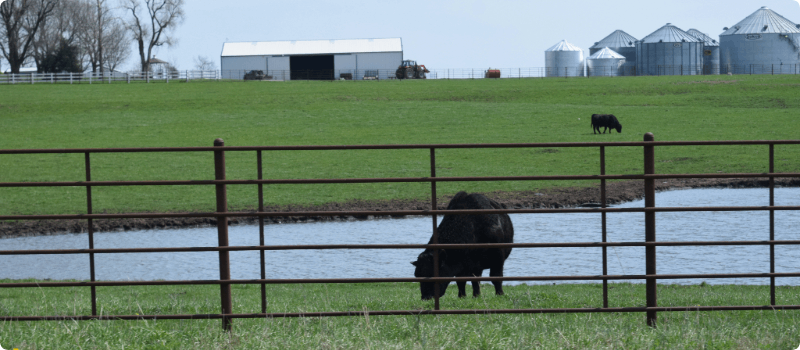
Physical Characteristics of a Good Cattle Fence
While there are fencing options, there are also some qualities that are good ideas across the board. Let’s look at the things you want to incorporate into your cattle fences.
Numbers count. While cattle are notoriously good about respecting electric fences, and one wire may do as an interior division fence, it’s recommended that perimeter fences have at least three wires and for non-electric fences, even more. Your state may have a different requirement. For example, some states require four or five wires when the fence is adjacent to roadways. In these situations, your best bet is to use whichever number is greater.
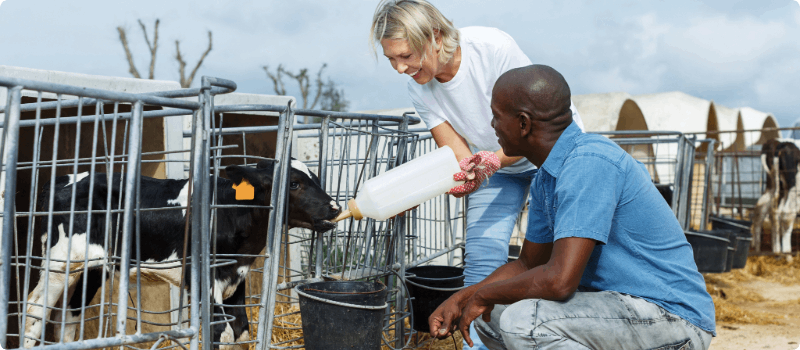
Distance matters. The top wire of perimeter fences should be at least four feet from the ground, and the bottom wire should be at least 18 inches off the ground. If you’re using only one wire in the paddock, it should be about shoulder height for your cattle.
Space with care. When using multiple wires, center wires should be evenly spaced between the top and bottom wires.
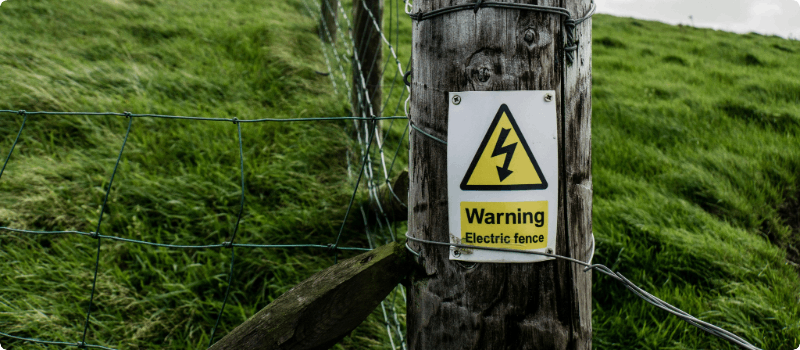
Think electric. Electric fencing is very effective with cattle, and it’s recommended that you have at least 2,000 volts on the fence. You should also pick one with an energizer that can be placed outside of your barns and other structures or, at a minimum, hanging on a fireproof base to help prevent fire from lightning or a stray voltage charge that could cause it to spark.
There are situations where going electric isn’t appropriate. If your animals aren’t able to move away from the fence, if you’re next to a busy highway or if your neighbor has a high-value crop, electric might not work. In these situations, a physical barrier fence could be the best solution.
Secure smart. All wires should be tight and securely fastened to fence posts. Remember that cattle may lean and scratch on posts and wires, so they need to be secured according to the manufacturer’s recommendations.
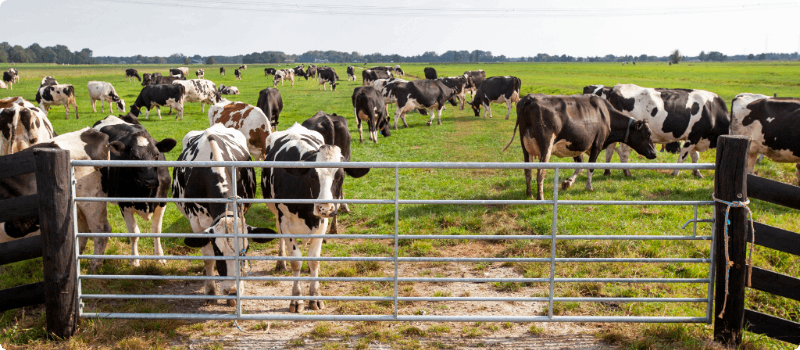
Corner post. The corner post is the foundation of your fence and needs to be reliable and sturdy. Your corner post should be as deep in the ground as it is above it. So, if you are planning on having a 48-inch-high post, then it needs to also reach 48 inches into the ground. The diameter of the post is determined by the fence function. A light-duty pasture subdivision fence can work with a 4–5-inch diameter post, 5-strand barbed wire or high tensile wire works well with a 6–7-inch diameter post and net wires work well with an 8-inch diameter post.
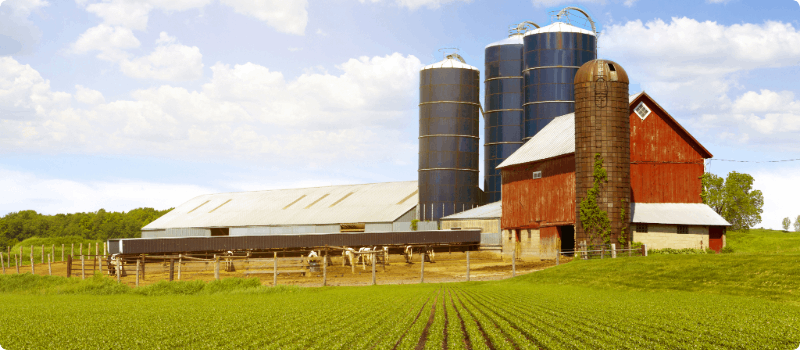
Height is key. Posts are typically between 48-54 inches high. The rule of thumb is that the top of the fence should come to the top of the animal’s shoulder. But, of course, the rule of thumb isn’t law, and you’ll have to check with your state and local laws to make sure your fence height is within legal limits. If you have other livestock in your fences, there may be different legal requirements, and you’ll want to check with your insurance underwriting guidelines.
Pre-plan gates. One big tip to keep in mind is that gates add expense to a fence instantly. Save yourself some money and future hassle by pre-planning the most convenient and practical places for your gate locations. Just like your dwelling, livestock need two means of egress for an emergency, too.

Fences can be very expensive, so prep work and pre-planning will pay off in the end. You want a practical fence that protects your animals, keeps them where they belong and gives you reliable and durable performance — that deserves some preparation.
Your American Family Insurance agent can help you get the farm and ranch insurance coverage you need. What could be better than protection for that fence that safeguards your livestock?
This article is for informational purposes only and includes information widely available through different sources. This article does not afford, offer, or guarantee any coverage. This information does not, and is not intended to, constitute legal or financial advice. You should contact a professional for advice specific to your situation.
Tools & Resources
NextScripts
JSS component is missing React implementation. See the developer console for more information.

